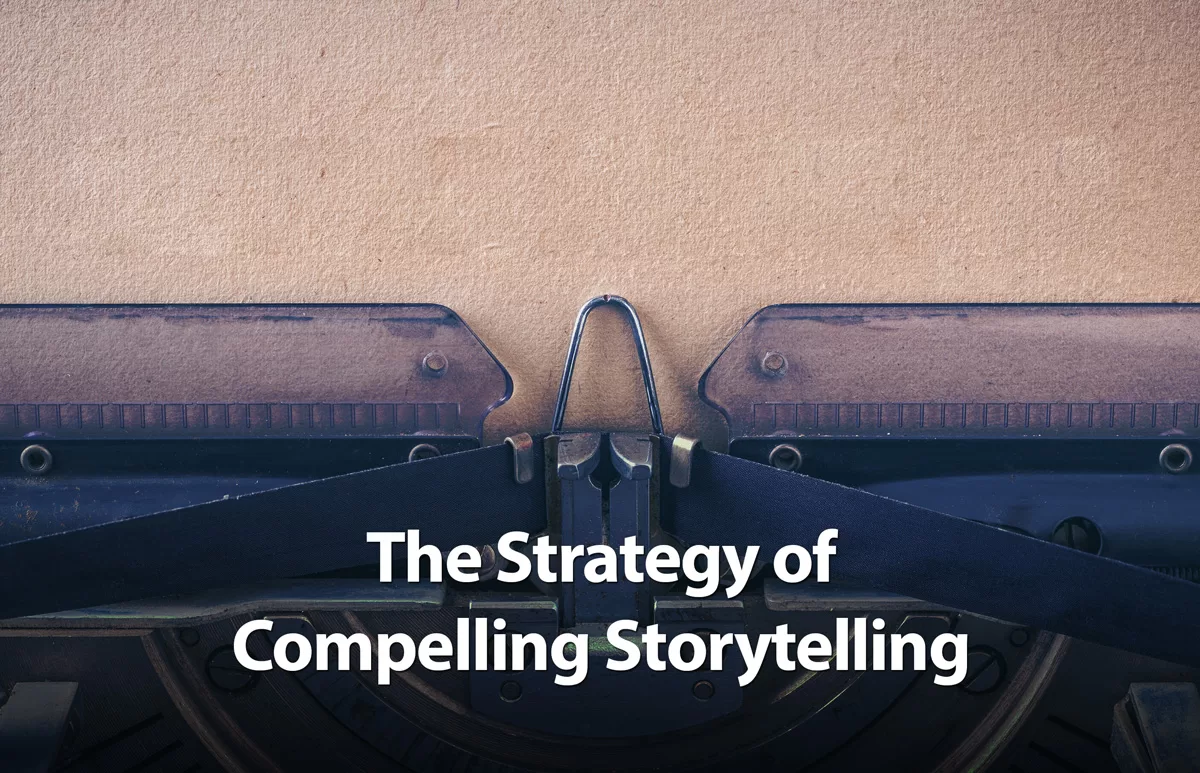Marketing and advertising professionals employ diverse tactics to attract and engage with target audiences. Among these strategies, there’s a technique known as visual storytelling, wherein visual elements are harnessed to narrate a compelling tale to the viewer.
If visual storytelling could help you improve your marketing strategy, it may benefit you to learn how it works and how to use it in your next campaign.
What is Visual Storytelling?
Visual storytelling is the technique that tells a story through the use of visual media, such as video, photography, illustration, infographics, and animations.
Examples of visual storytelling include stories told from one individual’s point of view, images placed side by side to tell a story, or glimpses provided into a specific topic that evokes a strong emotional response that can help motivate people to take a specific action.
Benefits of Visual Storytelling
Visual storytelling is a dynamic method that uses visuals such as photos, videos, and illustrations to convey narratives. It rapidly captures attention due to the brain’s quick image processing, fostering engagement and emotional resonance.
A strong marketing strategy often includes visual storytelling as a key component. Using this method comes with several key advantages. The first is generating more interest and engagement at a much faster rate of speed. Since the brain can process images and videos more quickly than it can process and read words, including images attracts the viewer’s attention more effectively. When used alongside copy, visual elements can make the content feel more engaging and appealing.
Tips for Visual Storytelling
Quoting from Indeed, here are some tips you can follow if you want to implement visual storytelling in your campaign:
Show, Don’t Tell: Focus on visuals rather than including too much text. Emphasize showing the message through images rather than just explaining it through text.
Provide Behind-the-Scenes: To boost engagement, reveal what happens behind the scenes to make your audience feel like they’re part of the campaign.
Offer Clear Context: Always provide context for a story through details or background information. Without context, viewers can become confused when consuming the story.
Incorporate Conflict: A good story always addresses the issues or concerns of the target audience. Your product can then be presented as the solution to the conflict or problem they are facing.
Make Your Content Relevant: Ensure that your story is relevant and appealing to your audience.
These tips can help you effectively implement visual storytelling in your campaign to engage your audience and deliver a compelling message.
Partnering with CVI, your trusted marketing agency, opens the door to harnessing the remarkable potential of visual storytelling to amplify your brand’s marketing strategy.
Contact us today to embark on this exciting visual storytelling adventure together.


